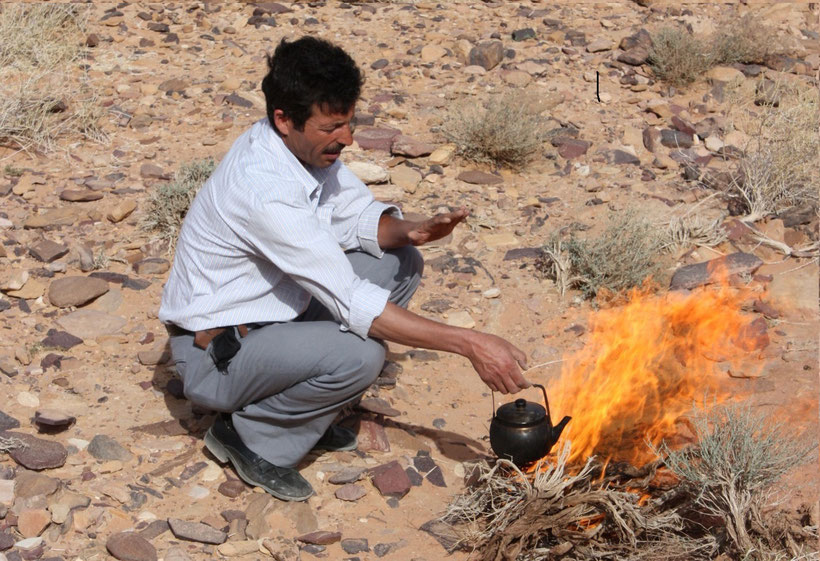Squatting is normal functional movement, but for lifestyle and cultural reasons there are few opportunities to do so on a regular basis for many of us, and yet young children do it instinctively. In fact, when I looked for a professional royalty free photo to go with this piece I couldn't find any of adults that weren't associated with gym exercise rather than everyday living. Across Asia, Africa and the Middle East it's still very much an everyday activity, and long may it continue to be so. You may have found that you're uncomfortable squatting or you've lost your ability to do so altogether, effectively becoming dis-abled in this movement. Use it or lose it! Squatting is great for opening up the hips and lower back, I particularly recommend it for lower back pain sufferers. In fact, I used it regularly myself when I had an accident acutely affecting my lower back. It also helps with keeping the bowels moving.
F.M.Alexander (he of the Technique) didn't write about squatting in any of his books, but there is anecdotal evidence that he liked to practice doing it regularly with clients thinking they'd walked into an empty room until he popped up from behind his desk. He was also keen to get his pupils to do it and encouraged it on his teacher training courses. There's brief footage of him demonstrating it when he was about eighty years old too.
It can be hard to learn how to squat again as you react to perceived balance and flexibility issues with unintended tension. My favourite way to regain the ability to squat is to use water as a support. It's an idea that came to me whilst on holiday back when my own ability to squat wasn't all it could be. You'll need a pool with steps or that shelves gradually. You simply let the water naturally buoy you up and work your way into shallower water. Let yourself release into the pose the moment you start to notice that it's a challenge. Ideally you want to be able to keep the heels down in contact with the floor. The shallower the water the the deeper your squat will be. It's best to take it easy and really relax into it. An added bonus is that there's usually small currents in the water, don't fight them, let them encourage you to find the dynamic fluidity within yourself instead of trying to fix yourself in place. Also, everyone is built differently, so don't feel that you have to have your feet facing straight forward, I can't squat like that and have my feet pointing out at an angle. If you don't have a pool available it can be helpful to practice with the heals raised and supported (a couple of equal sized books will suffice) as it's common for the Achilles tendon to be tight to begin with. You can then slowly work on reducing the height your heels are from the ground. You'll notice in the photo that Ali (my guide whilst visiting Wadi Rum in Jordan back in 2009) has his heels slightly raised as the ground slopes downwards and rocks under foot. You can try this too wherever you find a slope. The steeper the slope the easier it will be to squat.

Now, the point of this piece isn't actually to get you to squat instead of sit, but to recognise that the action of going into a squat is the same as going to sit on a chair. I like to think that sitting down is squatting but being thwarted half way. A big reason people sit badly is that they're not present to the movement as they do it and invariably collapse downwards towards the chair, the mind focused on the chair itself or the activity that is it to follow. And it isn't just that the legs collapse underneath, but the entire torso collapses down the front as the head gets pulled backwards on the spine. In my experience most people associate sitting with collapsing (rather than standing on your bottom!) and start to do so the moment the decision to sit is made, long before ones backside reaches the chair. And it's unlikely that having reached the chair in a collapsed state you'd then undo it. Take the chair away and you can be sure you wont risk collapsing to the floor. You'll stay much more present to the activity allowing you to maintain your poise through it.
You can tell if you're being present as you'll have the availability to stop at any point or choose to change direction and come back up. If you do happen to stop halfway you'll find yourself in a position of mechanical advantage known in the Alexander Technique as a Monkey (Alexander hated the term but was stuck with it after his pupils popularised it). This is a good way to use yourself whilst working at a lower level without compromising your back, whether it be doing the washing up or improving your golf stance. Going to sit or squat can be seen as a series of infinite Monkeys (can I get a Shakespeare joke in there?). Avoid tightening your neck muscles and pulling your head off balance (back and down), and lifting your shoulders to your ears. It's OK if you can't yet keep your heels on the ground, it's more about keeping your spine (including the head and neck relationship) undisturbed and remaining mentally neutral to the activity. There is no chair until it coincidentally meets your derriere!
Please feel free to contact me for a no obligation chat to see how the Alexander Technique can help you too.

Write a comment
Terrie Garza (Monday, 29 May 2017 19:42)
Raine StClaire, Alexander Technique Instructer In Wimberley Texas, changed my way of managing neck, back discomfort. From severe to a manageable, healthy body.
TREAT YOURSELF.
web hosting (Thursday, 11 October 2018 04:37)
greatttt